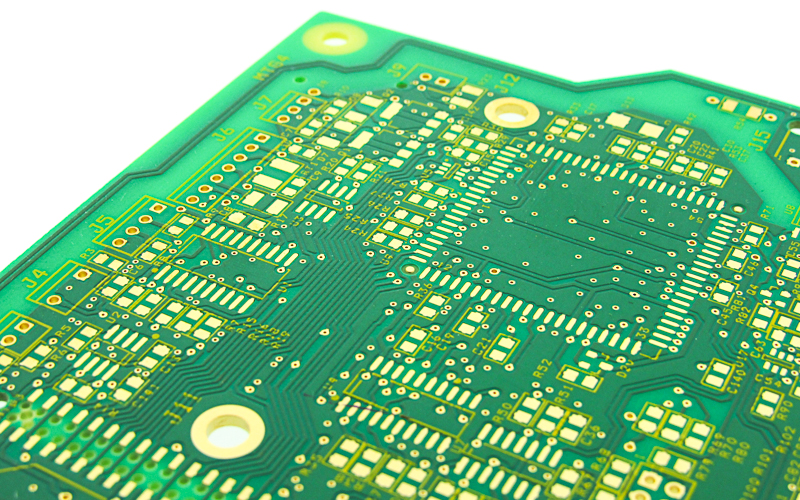Battery pack manufacturing can be a complex process depending on the size of the pack, the types of battery chemistries used, if a battery management system (BMS) will be used, and whether testing and certification must be done before transportation.
At the conclusion of our webinar, How PCB Design Choices Affect Overall Cost from Your PCB Fabricator, we had several questions submitted to our presenter, Ed McMahon, CEO at Epec. We have compiled these questions into a readable format on our blog.
Battery pack design and development can be a complex process based upon the power needs of the application. Due to the multiple steps that go into creating a battery pack, we try to work with customers from the concept stage to learn about the project's details regarding the application's power needs, size of the battery pack, and specific components that will be added. We will also need time to acquire the materials for the battery pack, to create the prototyping, and to acquire the certifications that may be necessary based on the chemistry of the battery.
Inductive charging is the process of charging an object without any contact between it and any sort of charger or another charged object, and it can seem like magic. With no wires or visible connections, devices gather a full charge, so how is this possible?
The use of capacitive touch switch technology is widespread and becoming more frequent each day. Capacitive touch switches are common on thousands of everyday devices including gas station pumps, smartphones, lamps, automobile dashboards, and even the smart speaker in your home.
Many applications today send signals between two devices to provide data or to perform a specific function. These signals may consist of radio frequencies (RF) or microwave frequencies. Typically found in the communication industry, RF/microwaves are common for satellites, radar, and navigational systems. Yet, they can also be found in smaller applications, such as garage door openers, security key card terminals, wireless alarm systems, and handheld warehouse inventory scanners.
If anyone questions why there's concern about transporting lithium batteries, refer them to the Federal Aviation Administration. Between March 20, 1991, and April 1, 2019, they logged 254 airline and airport incidents where a lithium battery either started smoking, caught fire, or exploded.
After an engineer has finished their circuit design for a printed circuit board (PCB), the next step is to enter the schematic details into a computer-based schematic capture program such as Altium, Eagle, or OrCAD. The finished printed circuit board will provide the physical assembly and interconnection platform for the various electronic components required by the schematic.
In the rigid printed circuit board (PCB) world, you can easily generate a quote with cookie cutter specs, such as 0.062” thick, with FR4, green soldermask, and white silkscreen. With those standard specifications, you could quote a huge number of rigid PCBs.
The use of liquid crystal displays (LCDs) in user interface assemblies is widespread across nearly all industries, locations, and operating environments. Over the last 20 years, the cost of LCD displays has significantly dropped, allowing for this technology to be incorporated into many of the everyday devices we rely on.























